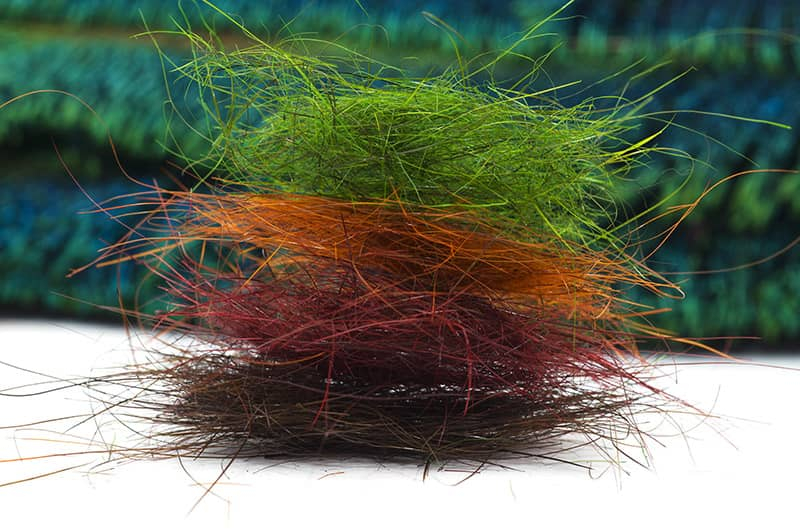
Nutria dubbing is coming from Nutria animal. Nutria is known also as Coypu an herbivore animal from America. Is smaller than beaver and larger than muskrat. This animal lives in burrows alongside stretches of water in South America. later was introduced in North America, Europe and Asia . The fur was the reason for that. The fur is super dense with lots of guard fur wich is very glossy and nice.
The guard fibers are thick, translucent with an unique structure – narrowest at the base and with thicker and tapered tips. The dubbing made of this fur is difficult to dub or to form dubbing ropes but the effect is impressive: very buggy but translucent when gets wet.
Personally I hate it but I love it in the same time. It took some time to handle it and I discover that is a great material for large flies. It is difficult to use for flies under size #14 hooks but for size #12-6 the results are impressive.
Here are a few flies tied with this material:
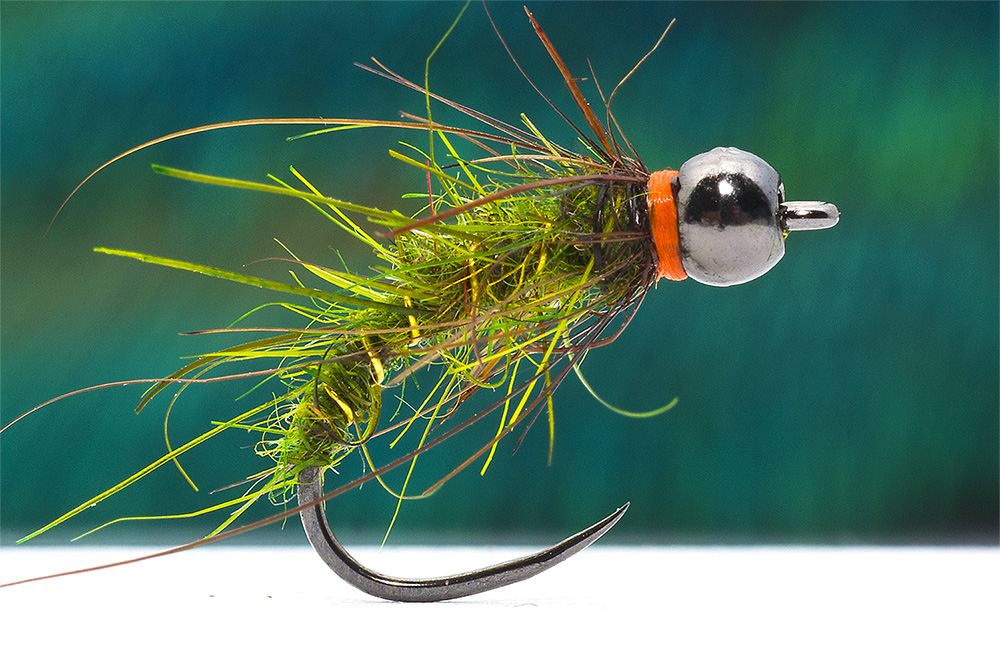
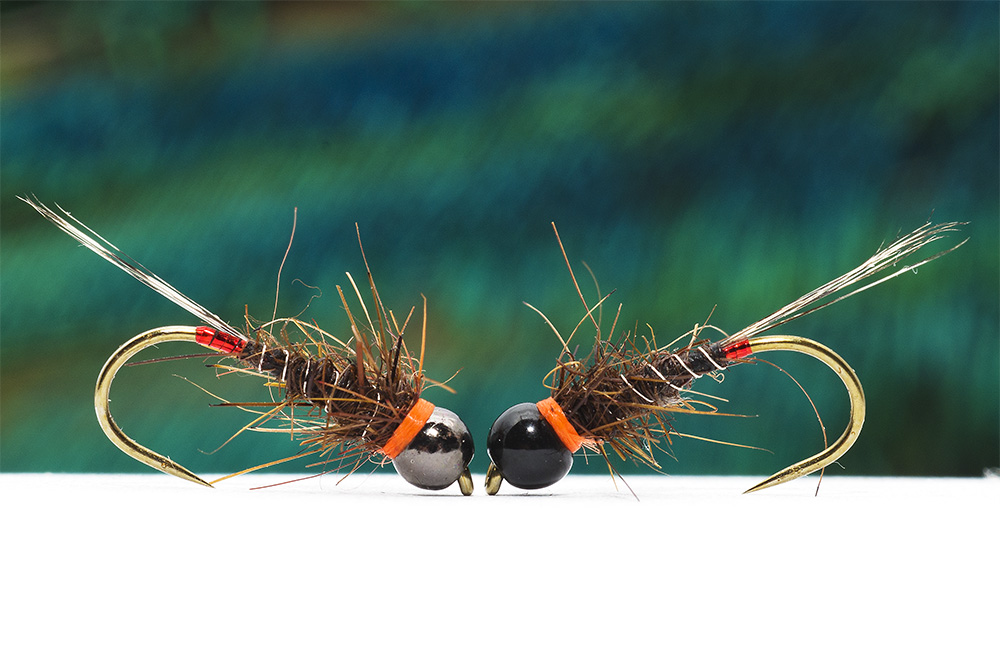
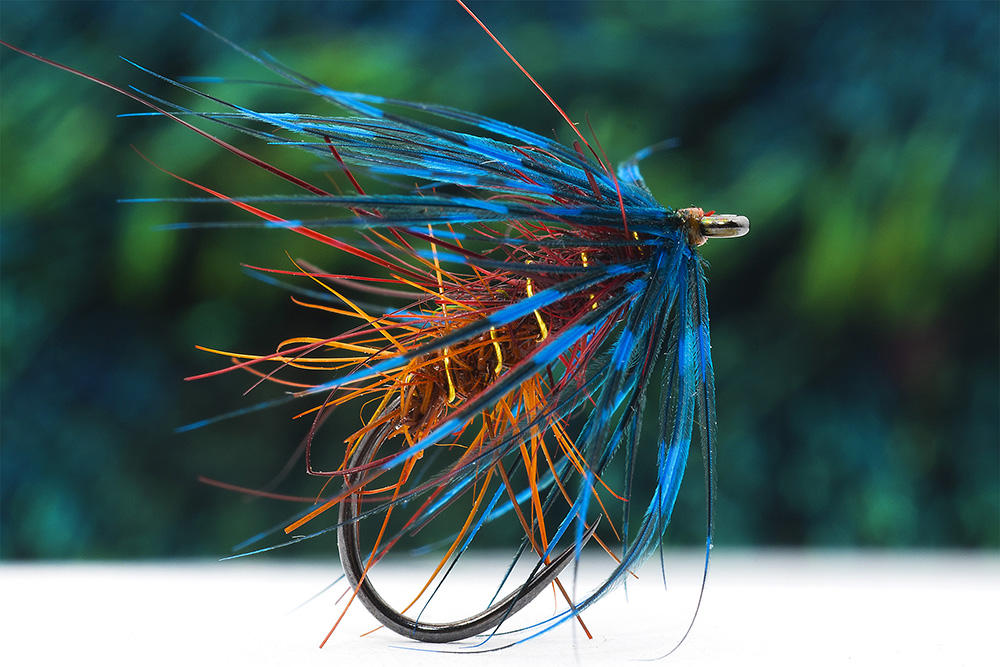
The last photo is from a wet fly I tied in last winter and I used entire season. It worked damn well on lakes. I love the color combination of rusty brown and orange with blue from hackle.
My conclusion is that the nutria dubb suits for medium and large flies. It is a difficult material to dubb because is stiff, but if is fixed in dubbing loop then is much easier to work with. Another way is to mix with hare dubbing or with Argentinian dubbing. The effect is less spiky but enough to provide a nice buggy finish.
Nutria dubbing is shinny and translucent when gets wet and works great in deep pools or in large currents. I recommend it for making big stone flies, mayflies or caddis flies for the first part of the season when trout is hunting big insects.

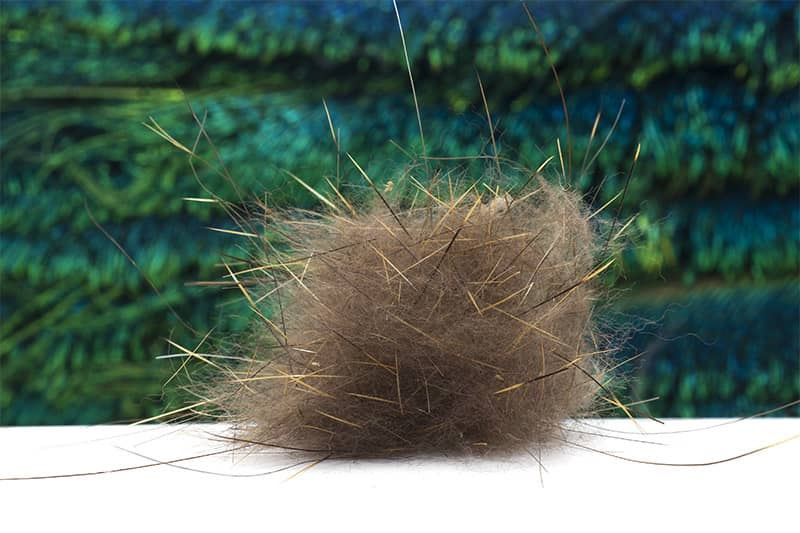
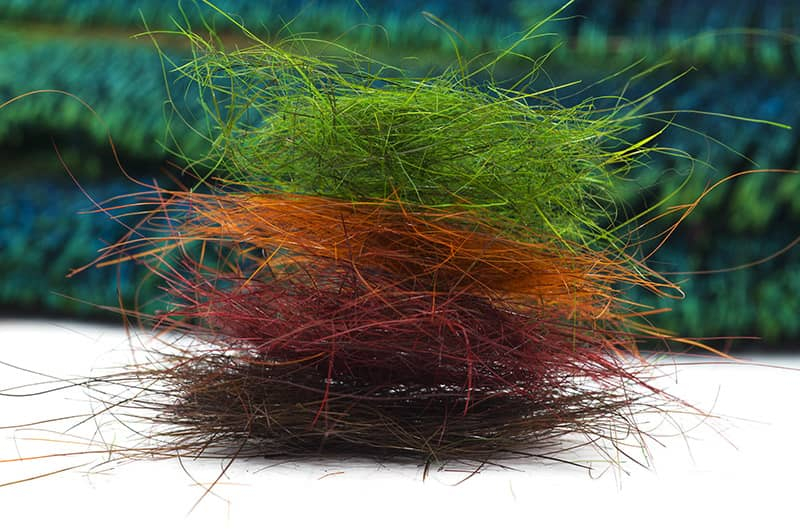
Leave a Reply